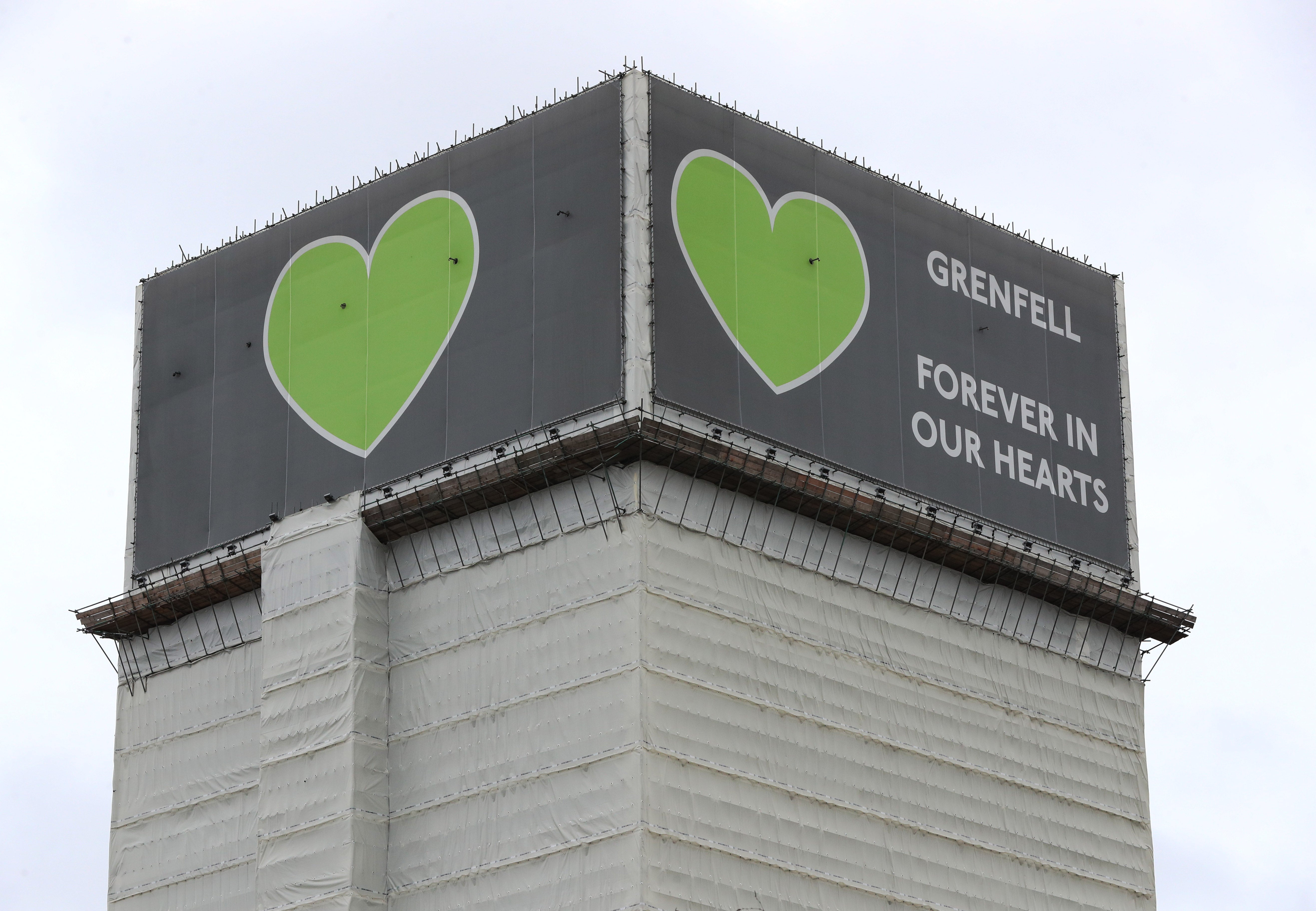The long nightmare for residents of tower blocks with Grenfell-style cladding
People in lowrise buildings have waited almost five years for help, writes Andrew Woodcock


The Grenfell Tower tragedy of 14 June 2017 turned cladding into a nightmare for thousands of families across the UK.
Millions of people found that they were living in buildings covered in substances now regarded as presenting a massive fire risk.
Aluminium composite material (ACM) panels fitted to the 24-storey block of flats in west London helped flames from a defective fridge spread rapidly up the building’s exterior, leading to an inferno that claimed 72 lives.
Other cladding systems failed fire safety tests conducted in the aftermath of the disaster, while inspections of highrise blocks uncovered flaws including defective insulation, flammable balconies and missing fire breaks.
There was an immediate clamour to remove or replace the cladding panels that had been installed in ever-growing numbers since the 1980s to improve the insulation and appearance of buildings that were often considered eyesores.
In 2018, the then prime minister Theresa May pledged £400m to pay for the removal of dangerous Grenfell-style ACM cladding from council and housing association blocks in England. A further £200m was made available to deal with private properties.
And in 2020, the government announced another £1bn to fund the remediation of residential highrises with unsafe non-ACM cladding in both the social and private sectors, with the fund boosted by a further £3.5bn by then housing secretary Robert Jenrick last year.
But this left the total funding well short of the £15bn that a 2020 parliamentary committee report estimated was needed. And crucially, the money was allocated only to buildings measuring more than 18m in height.
A total of 477 highrise buildings with Grenfell-style ACM cladding have been identified.
But progress in making them safe has been slow, with the latest government figures, released more than four years after the tragedy, showing that in November 2021, 70 of the buildings still had ACM panels in place. Remediation work was yet to be completed on 30 per cent of the buildings, and had not started at all in the case of 6 per cent.
And an estimated 11,300 more highrises are thought to have non-ACM cladding, with 1,700 of those said to be high-risk and in need of remediation.
Meanwhile, residents of around 88,000 buildings between 11 and 18m tall with cladding were unable to access grants.
Ministers argued that taller buildings present a greater risk to life in the case of fire.
But campaigners pointed to blazes in Barking, Crewe, Worcester Park and Bolton, which all occurred in buildings below the 18-metre cut-off point.
Residents of lowrise blocks faced charges running into tens of thousands of pounds to make their homes safe, while those who owned their properties complained they were unsellable while the cladding remained.
And there was fury in February last year when Mr Jenrick announced that leaseholders living in buildings under 18m would be expected to take out loans secured against their property, with a guarantee that repayments would never exceed £50 a month.
Shortly after his appointment as levelling up secretary in last September’s reshuffle, Michael Gove announced he was pausing Jenrick’s loan plan.
He admitted that it involved “innocent” people being required to pay disproportionate sums to put right defects caused by developers.
Now a leaked letter has suggested that he plans to force the developers to pay up to £4bn towards replacing cladding in buildings between 11 and 18m tall.
Details of the new scheme are expected in a statement from Mr Gove on Monday, with campaigners concerned that any new funding may not cover the cost of additional fire safety measures.






Join our commenting forum
Join thought-provoking conversations, follow other Independent readers and see their replies
Comments